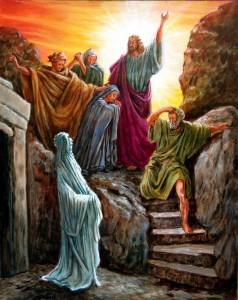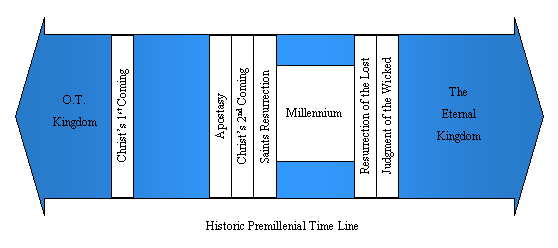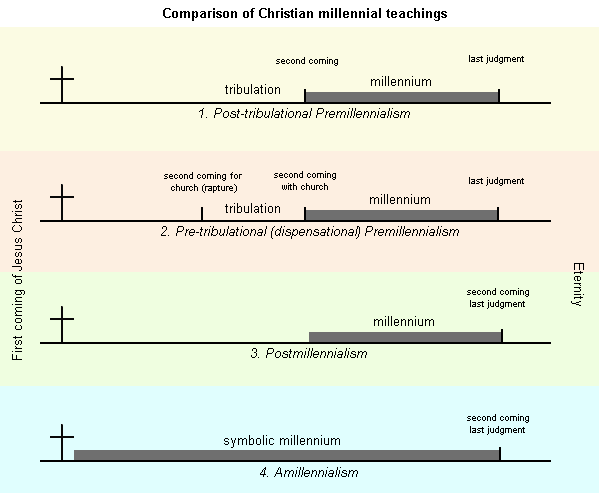Friends,
Skeptics claim there’s no evidence for the Christian faith. That is simply not true. I fell like it’s time for me to do my small part to help set the record straight on the issue of central importance. And I would love for you to join in. I have been working on mastering the historical evidence for the literal bodily resurrection of Jesus. I would like to suggest to you the book, The Case for the Resurrection of Jesus by Habermas and Licona. I believe that the position one takes on this particular matter has eternal ramifications. Because I genuinely care about people, believers and skeptics alike, I feel called to present the evidence so people can make an informed decision.
Many people are not aware of the factual historical case for the literal resurrection Of Jesus Christ. This was the pivotal event of all human history. The evidence is astonishingly good considering the extreme antiquity. To stimulate the conversation I will be giving away two brand new books for the best response videos from Christians and skeptics alike.
Just keep your eye out for a new video which will be posted here on this website and on my YT channel by Tuesday August 24th called the “Resurrection Challenge – Can You Account for the Evidence?” Christians should respond with arguments and evidence supporting my presentation and skeptics must posit an alternate scenario that still accounts for the accepted data. I will make a decision at the end of September and mail prizes to the winners. I will be posting videos all through the month with my research supporting the resurrection. I hope you will follow the evidence where it leads!
In Christ,
Cris







